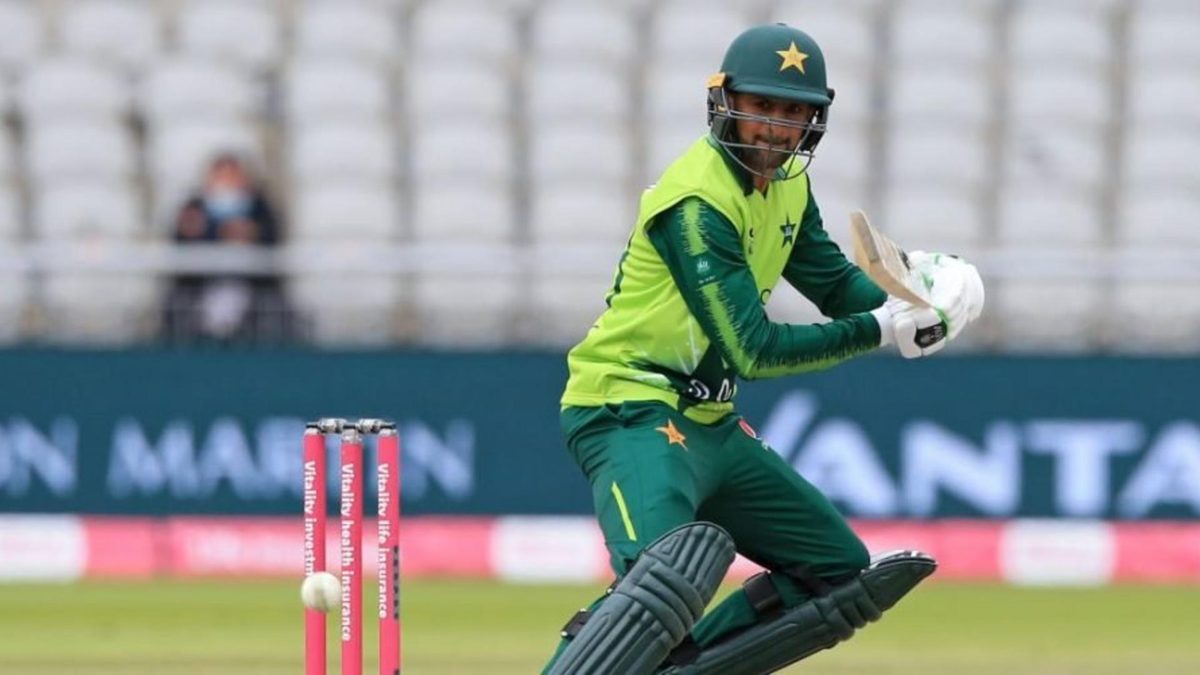
Shoaib Malik is one of the few active international cricketers who first played for their country in the 20th century – Rohit Sankar wonders what his legacy as a cricketer will be.
During an evening chai-with-cricket-talks session with a friend a few months back, he couldn’t stop talking about a lofted shot for six that Shoaib Malik had smashed the previous night in a Pakistan Super League game. The discussion swerved from Malik’s almost impudent attempt (a 36-ball 68) at chasing down 248 in a T20 game to his odd, yet almost inconceivably long international career.
For a person obsessed with cricketing stats and feats, he had a rather underwhelming stat to throw in for Malik. “He has batted in all positions from No.1 – No.7 in each format of the game and No.1 – No.10 in ODIs,” he emphatically stated. As impressive as that stat is, what stuck with me is how odd it is that the most striking stat on a cricketer who has played for more than two decades about his batting position, not his runs or wickets.
On deeper thought, it felt like a perfect way to sum up Shoaib Malik the cricketer — a versatile all-rounder, who wasn’t dominant in any one skill, yet fulfilled multiple roles over the decades in the same side. More intriguingly, he has generally escaped drama and shenanigans and embraced a career as a wildcard player fit to squeeze into any role a team need him to fulfill. He has played under 15 different captains across formats while also captaining the team in all three formats himself. He has also led half of the six Pakistan Super League franchises.
When Malik turned up to play what would be his final Test series in 2015, he hadn’t played in whites for Pakistan for five years.
He turned out to be a dream replacement. Batting at No.3 — of course, this was his first time at the position — Malik recorded a career-best score of 245 against England in Abu Dhabi. Two Tests later in Sharjah, he picked up four wickets in the first innings in a career-best haul and then returned in the final innings with the ball to send back England’s top three all while making a golden duck with the bat and announcing his retirement at the end of the Test.
Quite fittingly, his last Test knock is 0 (1) in a series where he recorded his career-best score and career-best spell after being recalled to the side after a five-year absence. If you think that’s quite the story, wait for this. His last ODI knock is also 0 (1) in an ODI World Cup game against India at the Old Trafford in Manchester. That it came in just his second ODI World Cup despite playing in the format for 20 years is the icing on that stat.
For someone with as many inconsistencies in the longer formats, Malik’s T20 career has been quite conflicting. He has played in each of the six T20 World Cup editions, leading them in the first one and finishing with an average of 96 and strike-rate of 165.5 in the latest in 2016.
Malik wasn’t named in Pakistan’s T20 World Cup squad for the event next month in UAE and Oman, but if reports are to be believed, skipper Babar Azam wanted him in the team with the chief selector Mohammad Wasim not in favour of adding the veteran.
SHOAIB MALIK.
From 1990s to 2020s – four decades !
970 professional games, collective 28,954 runs, 50s x 168, 100s x 33, bowled 5,372 overs and took 721 wickets across all formats of game. What a showman. Still fit as he was in his early days. pic.twitter.com/tcuYsQA5Pd— Faizan Lakhani (@faizanlakhani) October 2, 2021
It is odd that Malik wasn’t in Pakistan’s selected players in the first place. The only two Pakistan players to average more than him (45) in T20Is since the end of the last T20 World Cup are Mohammad Rizwan and Babar Azam. No Pakistani to make over 150 runs in the same period has a better strike-rate than his 149.21.
Those overall stats only tell half the story. His stats in the last T20 leagues he has played in is a better reflection of Malik the T20 cricketer. He had a stellar PSL where he finished as the fourth-highest run-scorer (highest for his team) with 354 runs at a strike-rate nearly touching 150. That form did not extend into the Caribbean Premier League, though, where all he could muster was a highest score of 23 across 10 innings.
It wouldn’t be the most surprising story, though, if the 39-year old walks into the T20 World Cup squad and finishes as Pakistan’s leading run-scorer in the tournament while recording a 0 (1) in his final innings to complete the last piece in a very puzzling, yet incredibly long career.








